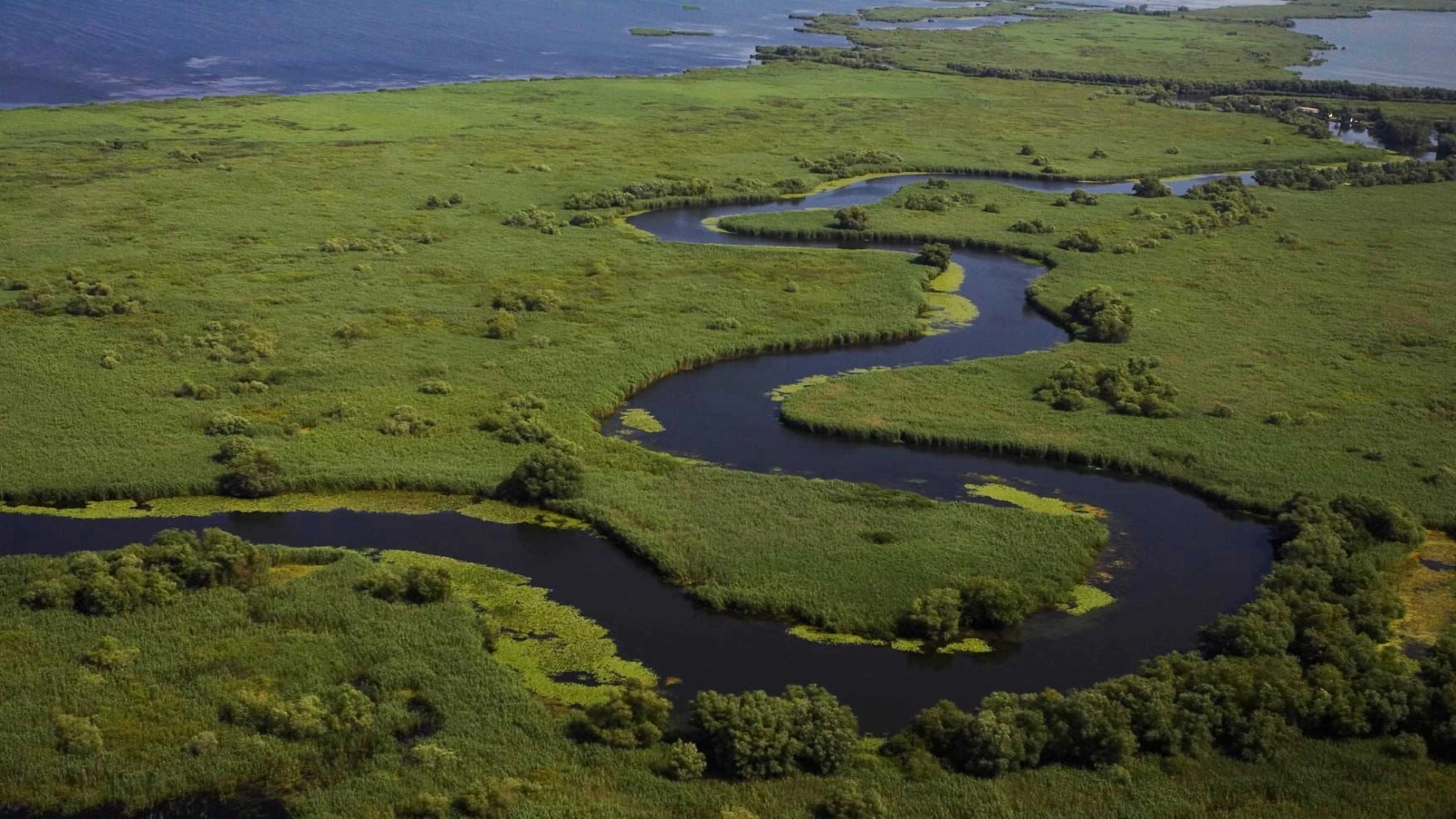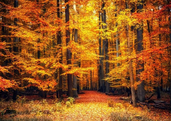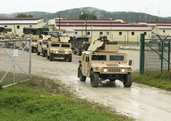The white-tailed eagle, Haliaeetus albicilla, is the bird that appears on the first coins discovered in the Histria citadel and the largest diurnal raptor that nests in the Danube Delta Biosphere Reserve (RBDD), in the forests of Northern Dobrogea, on the river Prut, on the Small Island of Braila, in the Danube Valley and on the rivers in western Romania.
According to a paper by the Tulcea Danube Delta National Research and Development Institute (INCDDD), the erne also appears on the first coins of Histria from the 5th century BC, the first issues from Antiquity in today's Romania, and also on the current coat of arms of Constanta County, told Agerpres.
"More than likely this bird holding a dolphin in its claws is a white-tailed eagle," INCDDD specialist Vasile Alexe told AGERPRES.
Worldwide, there are eight species of the genus Haliaeetus, but the white-tailed eagle has the widest distribution. However, only Haliaeetus albicilla nests in Europe.
"In Europe, there are two main sub-populations of white-tailed eagles. The first is the northern one, which also has a wide distribution, and the second is the central and southern one in the Danube countries that nests in Germany, Austria, Slovakia, Hungary, Croatia, Serbia, Bulgaria, Moldova, Ukraine and Romania in the Danube Valley, including in the reserve. The population of white-tailed eagle in southern European countries is made up of about 650 pairs, of which about 200 are in the area of the Danube river and its meadows," the researcher said.
The white-tailed eagle has a massive silhouette both in flight and at rest. The adult bird is generally pale brown in colour, with lighter edges on the feathers. The head and nape are more yellow than the rest of the body, and in very old specimens they can even be white. The plumage of the young ernes varies greatly in coloration. The tail is sharper than in the case of adults, and following successive moulting, the silhouette of the tail becomes rounder as the bird advances in age.
The species' main habitats for nesting are alluvial forests, followed by gallery forests, the mixed deltaic Danube forests and the Balkan-Pannonian forests of Turkey oak and sessile oak, and as frequent feeding areas it uses ponds, shoals, beaches, shallow water, lakes, marshy areas, the Danube branches, main tributaries and canals and agricultural land outside the reserve.
The nests of the ernes in RBDD are between 5 and 24 metres high from the ground or from the surface of the water, but, according to specialists, nests have also been found on the ground in the reserve. The nests are located on willow, poplar, oak, linden or alder trees.
"It is a monogamous species that tends to keep its mate all its life. The nesting period varies according to geographical latitude. In RBDD, the nuptial games start in December, and the nesting at the end of January. During the breeding season, it makes sounds that can be heard even from a distance of three kilometres in good weather. For nesting, it uses the same territory year after year, using alternately two or three nests. A more extreme case is of a pair in Norway that had 11 nests," according to Alexe.
The white-tailed eagle builds its nest in mature trees in old forests, with the size of the nest reaching up to one cubic metre. The inner part of the nest is lined with grass and earth. It usually lays two or three eggs, rarely four, each two to four days.
"In late April - early May, during fish spawning, the ernes hunt fish on their feet, with jumps in small water. Thus, carp weighing 10 - 15 kilograms often fall prey to them. They drop turtles from a considerable height in order to break their shell, and many times they try to pry open the carapace with their beaks," according to the INCDDD specialist.
Among the factors that influence the population of white-tailed eagles in RBDD and neighbouring areas are primarily the natural ones, the wind, and among the anthropogenic factors identified are the behaviour of fishermen and tourists, forestry works, fires, the construction of huts and some agricultural activities, such as the inappropriate use of pesticides.
In RBDD, the white-tailed eagle competes for food with the jackal, the raccoon dog, the fox, the otter and the greater spotted eagle.
"Red wood ants (Formica rufa) are the natural enemy of the nestlings. They live on most of the old trees in RBDD, inside the trunk, and move along the bark and branches on their pheromone-marked paths. The trees that hold white-tailed eagle's nests have ants on their surface, which climb up in search of food and are attracted by the smell of the dead bodies in the nest brought by the erne parents for their chicks. When they climb into the nest, the adults or the chicks can accidentally crush the ants and the formic acid that is released triggers a vehement attack and the insects can kill the chicks. Ants can also disturb the female during the hatching time," said Alexe.
A hunting prohibition, a ban on the use of poisons to combat predators, measures to stop the bioaccumulation of chemical substances have all led to the improvement of the reproduction and survival of the white-tailed eagle specimens, and together with the establishment of protected areas at the pan-European level, they gave the species a positive population trend, especially in northern and central Europe.
"Still, certain dangers persist, and others are increasingly present, such as the loss of suitable natural habitats, chemical pollution, and more recently climate change. At the moment, the population nationwide is increasing," according to Alexe.
































Comentează